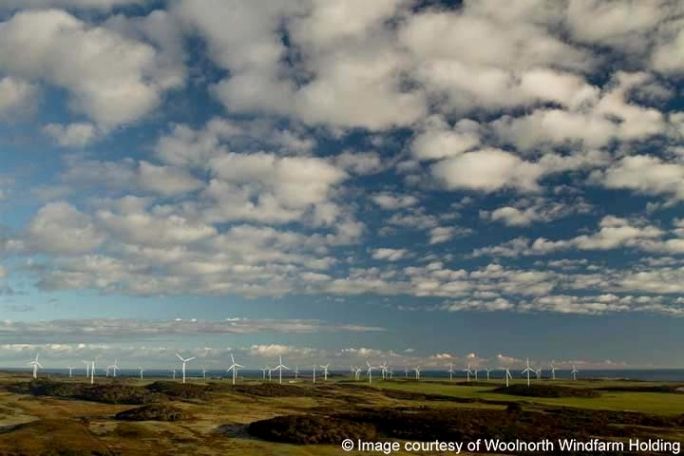Lesson summary
Students will consider the environmental impact of a wind farm and come up with wildlife protection strategies. Students are asked to investigate a bird, animal or insect living near the Woolnorth Wind Farm, and to suggest solutions to potential problems or hazards facing this bird, animal or insect.
Learning intentions:
Students will...
- get thinking about conservation and sustainability
- respond creatively and scientifically to stimulus materials and a case study.
Lesson guides and printables
Lesson details
Curriculum mapping
Australian curriculum content descriptions:
Year 5 Science:
- Scientific understandings, discoveries and inventions are used to solve problems that directly affect peoples’ lives (ACSHE083).
- With guidance, plan appropriate investigation methods to answer questions or solve problems (ACSIS086).
Year 6 Science:
- Scientific knowledge is used to inform personal and community decisions (ACSHE100).
- Construct and use a range of representations, including tables and graphs, to represent and describe observations, patterns or relationships in data using digital technologies as appropriate (ACSIS090).
Syllabus outcomes: ST3-7PW, ST3-6PW, ST3-4WS.
Time required: 60 mins.
Level of teacher scaffolding: Medium – oversee activity.
Resources required
- Internet access, access to computers/tablets for online research
- Student Worksheet (one copy per student OR computers/tablets to access the online worksheet)
Additional info
Hydro Tasmania has been at the forefront of clean energy innovation for one hundred years. It is Australia’s largest producer of clean energy – generating hydro and wind power – and the largest water manager. Hydro Tasmania has 55 major dams, operates 30 hydropower stations and has built some of Australia’s largest wind farms.
Hydro Tasmania also sells energy in the National Electricity Market through its retail business Momentum Energy, and sells its expertise internationally through its consulting business Entura. Visit the Hydro Tasmania website to learn how the business is working towards Australia’s clean energy future.


Welcome back!
Don't have an account yet?
Log in with:
By signing up to Cool.org you consent and agree to Cool's privacy policy to
store, manage and process your personal information. To read more, please see
our privacy policy here(Opens in new tab).
Create your free Cool.org account.
Many of our resources are free, with an option to upgrade to Cool+ for premium content.
Already have an account?
Sign up with:
By signing up to Cool.org you consent and agree to Cool's privacy policy to
store, manage and process your personal information. To read more, please see
our privacy policy here(Opens in new tab).